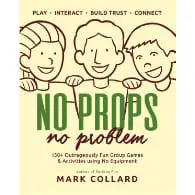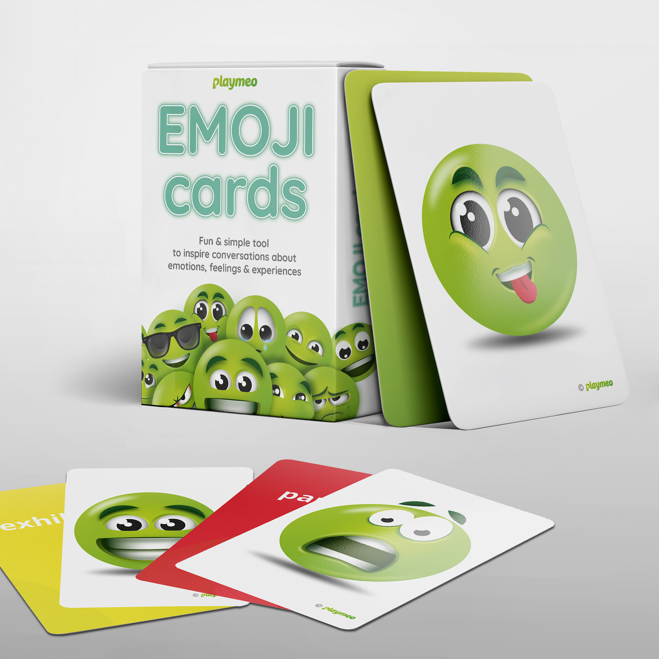20+ Fun & Engaging Ways to Form Random Pairs
So you’ve asked your group to pick a partner so that you can form smaller teams and… they immediately make a beeline to their best…

There have been two primary waves of enquiries since the current health pandemic rocked the world. The first and most urgent was focused on “How do we adapt group activities for a virtual setting?” and the second asked, “How do we adapt group activities to respect physical-distancing protocols?”
This blog has shared many articles devoted to the first question (go here and here and here for starters) but now that some parts of the world are easing COVID19 restrictions, the second question is getting a lot more attention.
Within the first month of the pandemic, we upgraded our activity search tool to add a Virtual filter to allow users to see only those activities which were suitable for online settings.
We did consider adding a similar search tool to filter those activities which had been adapted to suit physical (or social) distancing measures, but we stopped because we discovered our descriptions were getting repetitive. Consequently, we decided it was more effective to simply share a series of protocols that could apply to all activities.
Note, I prefer to use the term “physical-distancing” rather than social distancing. Maybe they mean the same thing, but I prefer the former because I’m all about helping people connect – I do not want my groups to stop socialising, I just need them to keep their (physical) distance.
In the context of groups returning to an in-person (or face-to-face) format, I have considered the following 7 guidelines as helpful to keep my groups safe in what is being referred to as “COVID normal” – this is basically the same as accepting that we are going to have to live with the virus (rather than just hide from it.)
Please note, I am not a medical practitioner, nor am I an expert in infectious diseases. But for the most part, the protocols I share are considered best practice at this time. When in doubt, please refer to your local government regulations and protocols. The following guidelines are common sense, but in no way substitute your local laws and regulations.
Have a series of questions to ask every participant BEFORE they arrive or enter your premises. For example, you could ask these type of screening questions:
There are several free apps which allow for an easy check-in/registration process that build a record of those present in your group. This step is simple, often free and will make the task of contact tracing so much easier if you later discover an issue. For those in Australia, there’s a link to a free app that will allow your participants to simply scan a QR code, enter their name and phone number and they’re done.
This is by far the simplest and most powerful precaution one can take to minimise the risk of spreading an infectious disease. Either ask your group to supply their own, or provide them yourself. Yes, they are a little inconvenient but masks are one of the most successful ways to reduce the spread of COVID19.
Ask your group to wash their hands thoroughly before, during and after physical contact with other participants. Have a big bottle of sanitiser on hand and keep it very handy so it’s really easy for your group to access regularly.
When it comes to props and equipment, you have three options:
This is easier said than done, especially in the context of interactive group games & activities. The key here is to minimise the number of times your group is in very close contact with each other. Adapt the parameters of your activities to limit these ‘interactive’ times to less than 15 minutes at any point in time. When you think about it, most activities can be conducted successfully with folks standing 1.5 to 2 metres apart. If closer proximity is required, ask your group to keep these times to a minimum, wear a mask and wash their hands soon after the exercise is complete.
If possible, move your group outside to benefit from ample airflow. However, this strategy will be either uncomfortable or not possible for many programs. In these cases, do whatever you can to provide ample ventilation, eg high-quality airconditioning or keep all windows/doors open.
If you need some help or guidance to adapt to a COVID19 normal setting, please reach out.
Ask for Help

Best-selling book featuring 150+ fun group games & activities. Scan QR codes to access digital content including videos.

Brand new deck of cards featuring emoji images to help you inspire conversations about emotions, feelings & experiences.
Download our free 28-page ebook jam-packed with outrageously fun activity ideas.
Just one more question:
Share this with friends and colleagues.
We offer a range of membership plans with no surprises.
Click an option below & discover our simple pricing.

Click here if you’re a:

Click here if you represent a:
Explore plans for
10, 50, 200 or more
potential users